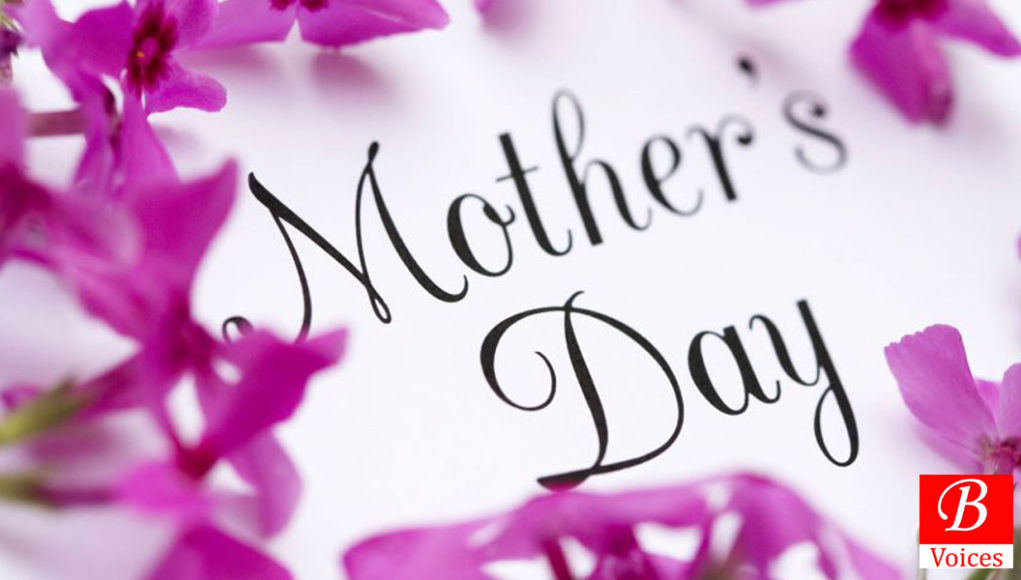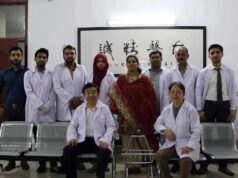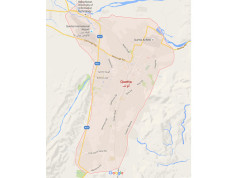Yahya Reki
The story of Mothers Day, 14th May, is a long one. Nor is it a recent phenomenon as many people believe it to be.
A mother is an entity who can replace any relation in familial chain, yet her place cannot be filled by anyone else. Mothers are amazing, loving, strong, selfless, and graceful with being a true sign of courage. A mother’s arms resist all odds against children and enable them to have a sound sleep.
Unfortunately, in the report titled ‘The State of the World’s Mothers’ Pakistan is ranked at 149 among 179 countries for child and mother mortality ratio during pregnancy. Maternal Mortality Ratio (MMR) is much high.
Further, to have a narrow look at this grave situation at provincial level, it is heart-wrenching that Balochistan Health department is unable to deal with such a big issue. No qualified lady doctors have been appointed in rural areas. It causes increase in mortality rate. Often women prefer veteran mid-wives for gynaecological treatment. The mid-wives are often unqualified and unable to prescribe needed medicines on time. Sometimes gyne-patients need someone important medication which, if remains incomplete, becomes cause for the death of mother and child.
However, to keep the count on, demolished infrastructure and bumpy roads also cause to shut-off innocent lives during shifting patients towards hospital in gyne-cases.
A labour belonging to district Chagai told the Balochistan Voices that his wife also felt horrible birth-pangs. Due to the lack of facilities and absence of lady doctor in District Headquarter Hospital Dalbandin, she was shifted to Quetta for further medication. His wife was admitted to a private hospital for a long week.
He lamented that the newly born child was too weak due to the lack of nutrition, the doctors had to shift child to ventilator for survival and he paid a high amount for ventilation of his child.
The people of Balochistan are still spending a life in Stone Age, which is justified by the lack of fundamental facilities in province.
According to the PDHS, the percentage of women between the ages of 15-49 across Pakistan, who received no education, has decreased to 57% from 65% between 2006-07 and 2012-13.
As far as maternal health is concerned, a comparison of the same time-period shows more women had received antenatal care by a skilled provider – at least 73% women as compared to 61% in 2006-07.
Those who had been assisted during delivery by a skilled provider in 2012-2013 had also gone up from 39% to 52%. At least 48% of those surveyed had given birth in a health facility, opposed to 34% in the previous survey.
A note in the PDHS 2012-13 shares:
“As the mother’s educational level rises, so does the likelihood that she has seen a skilled provider for care during pregnancy. In fact, antenatal care utilization becomes almost universal among women with secondary or higher education.”
A Balochistan-based study reflects that the maternal mortality ratio is significantly higher than that of the country with 785 deaths reported per 100,000 live births. Postpartum bleeding, one of the major causes of maternal mortality, is due to unavailability of trained health workers in rural areas. In remote areas of the province there are no trained health workers to conduct deliveries.
Thus, it is time provincial government increased the number of Lady Health Workers and Community Health workers in Balochistan.
Share your comments!








